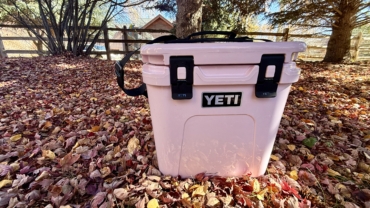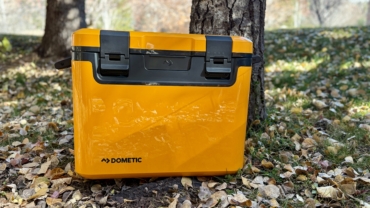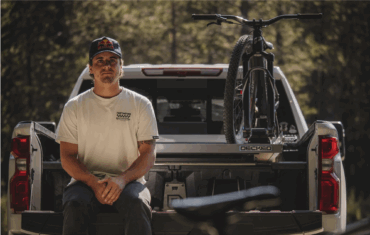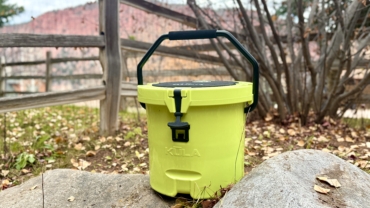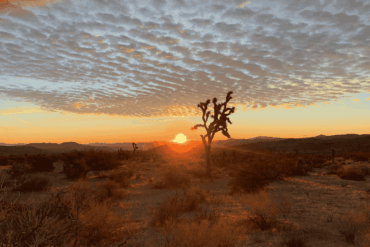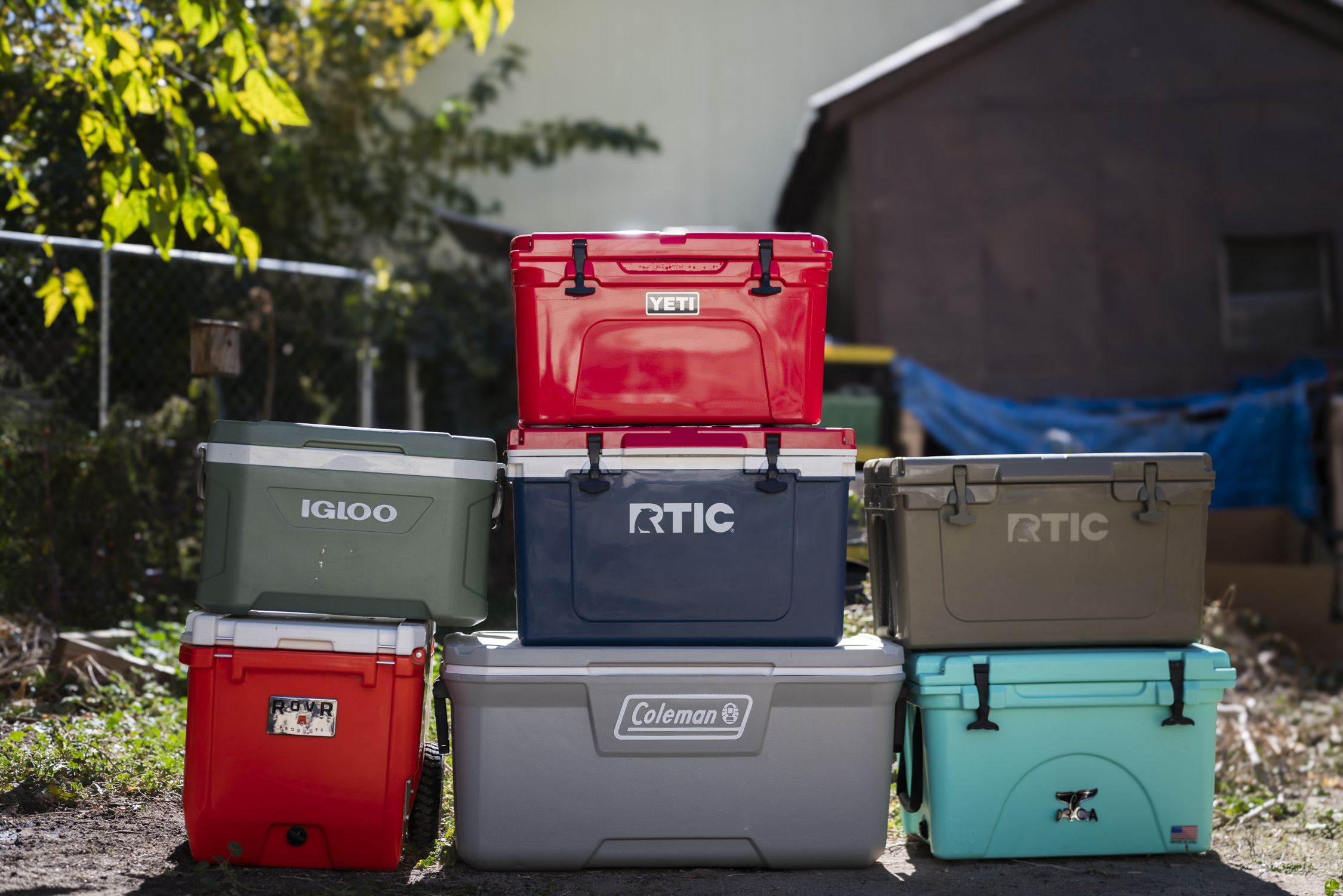Henry Shires is a backcountry engineer. The founder of Tarptent is a lifelong backpacker trained in physics. The combination of a keen scientific mind and decades of outdoors experience led Shires to found Tarptent with his wife Cynthia in 2002.

Since the brand’s inception, the shelters have become a go-to for minimalists world-wide.
Tarptent shelters take on many forms with a roster of 14 different models, but across the board, they are American-made, ultralight, affordable and intuitively designed. We sent Henry a batch of questions to get more insight on what sets Tarptent apart.
There’s a murky spectrum of USA-made, USA-built, USA-assembled. What does Tarptent’s production process and material sourcing look like?
All Tarptents are manufactured at a sewing facility in Seattle. There’s a staff of 20 who sew the tent bodies before shipping to our HQ in Nevada City, where a staff of seven, myself included, inspect each tent prior to shipment.
We source almost exclusively US fabrics and materials. All our shelters use 30D siliconized ripstop nylons for the coated and uncoated “solid” fabrics. We also use some lighter grade mesh materials and heavier vinyls for reinforcement. All poles are Easton aluminum and carbon fiber. Some of the small stuff like cord toggles, small buckles and YKK zippers aren’t domestic.

How do you address Tarptent durability?
We opted long ago to use 30D silicone coated fabrics. Silicone, unlike urethane, is an inorganic material and doesn’t rot. At the time we started using the fabrics in 2002, they were the lightest available, and they’ve proven themselves over the years on all the long distance trails.
We see very low incidences of rips and abrasions after thousands of miles and many months of continuous use. We’ve even seen some shelters come back for relatively minor repairs after as many as three thru-hikes comprising over 8,000 miles and nearly a year of continuous use.
These days there are certainly lighter and more expensive available fabrics, but I’m not convinced they’re anywhere near as durable or waterproof. There does seem to be a somewhat disturbing trend of moving to fabrics as low as 15D for flys and floors, in the interest of saving weight, but we won’t go there because we feel that performance and longevity matters more than saving a few ounces.
Repairs, when we do see them, are done on a non-profit basis and everything is otherwise fully warrantied against defects in fabrics and workmanship.

In your mind, what makes Tarptent different than competitors?
I try really hard to make every shelter different than others on the market. Cookie cutter design is just lazy. My goal is to tweak basic forms to enhance the performance of every shelter.
It’s always a priority to maximize usable volume within the constraints of the given basic structure. The StratoSpire series ($309-$349) is perhaps the best example of that — no other trekking pole design within the given footprint can touch it.
Lastly, I think we have great depth and breadth across our sleeping range — one to four people — with lots of different styles to choose from that fit the needs of both the trekking pole crowd and those who don’t use them.

You only sell directly to customers. Why?
By exclusively selling to customers, rather than to retail stores, we have the most direct customer feedback possible. We lowered the fly edge on the Scarp series ($349-$369) in direct response to requests from UK customers.
I remember early on when we released the first Rainbow ($259). I designed that tent in the relative constant humidity of the San Francisco Bay Area and changes in humidity didn’t even enter into my thinking. Subsequent customer reports of fabric shrinkage impacting long pole sleeve lengths in low humidity areas led directly to implementing a tension buckle to allow for field adjustment.
I consider the StratoSpire one of our finest innovations, and that tent was a direct, albeit inadvertent, collaboration. It started with a customer suggestion to offset the poles on a standard A-frame and became a unique, now patented, product when I combined that suggestion with one of our bits of tent DNA: the “PitchLoc” corner already present on the Scarp and Moment.
It was one of those joyful “Aha!” design moments I was fortunate to experience and one I’ll always remember.

How does your physics background impact Tarptent shelter design?
I’ve always been interested in how things work and how parts come together to work as a whole. I studied physics in college and was most drawn to classical mechanics, which, in retrospect, ties directly to tent design because a tent is just a body subject to multiple applied forces.
Studying physics also gave me a really strong appreciation for the elegance and power of simplicity. A guiding scientific principle is “Occam’s Razor”—the idea that simple explanations are preferable to complex ones—and I try to apply the same thinking wherever possible to tent design.
Newton’s 2nd Law of Motion (F=MA) and its rotational analog for torques are most applicable to tent design. They are so simple and yet so predictive and explanatory.
What I’ve learned over the years is that good design is just evolution at work; that what works best is finding the right recombination of proven design elements that perform the function in the most efficient and elegant way. Breaking design elements down into bits of “tent DNA” has led directly to most of the designs I’ve done in recent years and will continue to drive the process in the coming years.

We put Tarptent’s newest shelter, the 26 oz, $209 ProTrail to the test during a bike packing trip in the Santa Cruz Mountains in February and were highly impressed. A more in-depth look at the ProTrail, along with a spread of other North American-made products will go live on GearJunkie next week.


